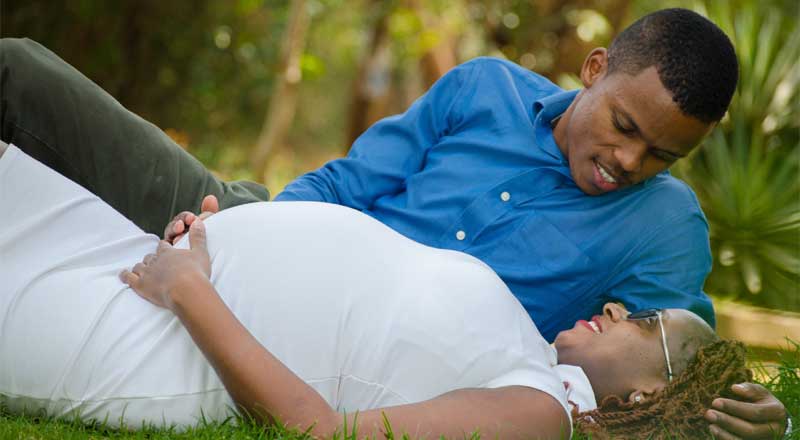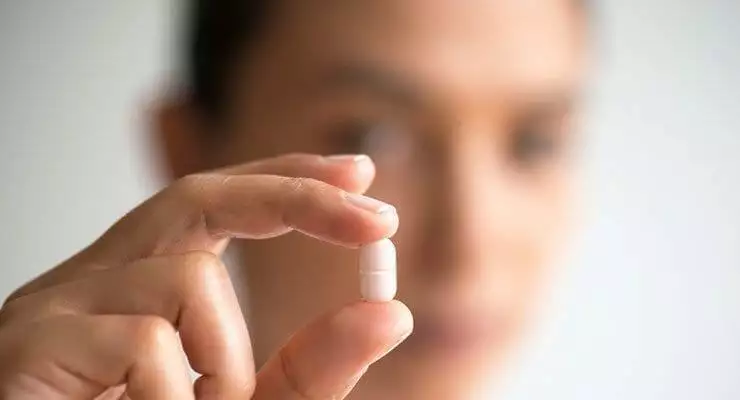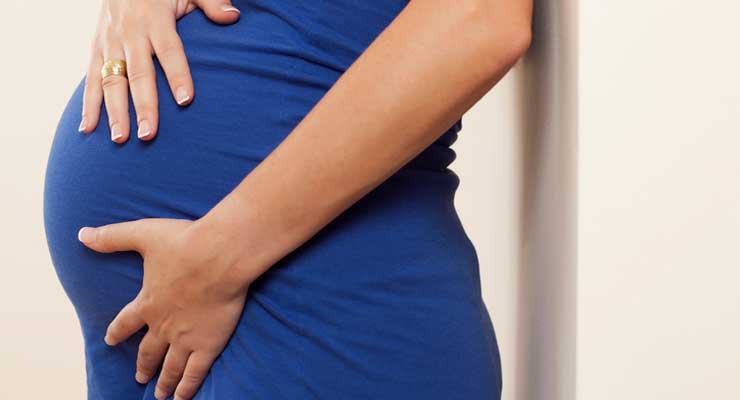As much fun as it is to do the baby dance, you want to understand the stages of fertilization so that you can really understand the development of your little one inside you. You can get pregnant about 14 days after your last period, but you won’t be able to see or feel results for another 10 to 14 days after that.
Ovulation
Unless you’ve had troubles in the past, you have two ovaries–one on each side. These ovaries have follicles, which create the egg. Once the egg is mature, the follicle releases the egg. It starts to travel down the fallopian tube, where it can become fertilized. At the same time, the mucus around and in the cervix becomes more elastic, allowing the sperm to travel more easily.
Fertilization
As the sperm travel from your vagina into the cervix and fallopian tubes, many will encounter the egg and try to fertilize it by penetrating it. Once one sperm penetrates the egg, it will change the coating on the outside to prevent any other sperm from getting inside. At this point, your baby’s genetic makeup is decided.
Zygote
Once fertilized, the egg is now a zygote. The cells begin to divide as the zygote travels down the fallopian tubes towards the uterus. This is a mitotic process–the cells are identical–and it takes about four days.
Blastocyst
The zygote becomes a blastocyst, which contains the inner cells, which become the embryo and the outer cells, which will become the placenta. It is in this stage that your baby enters the uterus.
Implantation
The blastocyst will then attach itself to the wall of your uterus. Once here, it will develop into a fetus and, eventually, your baby.





